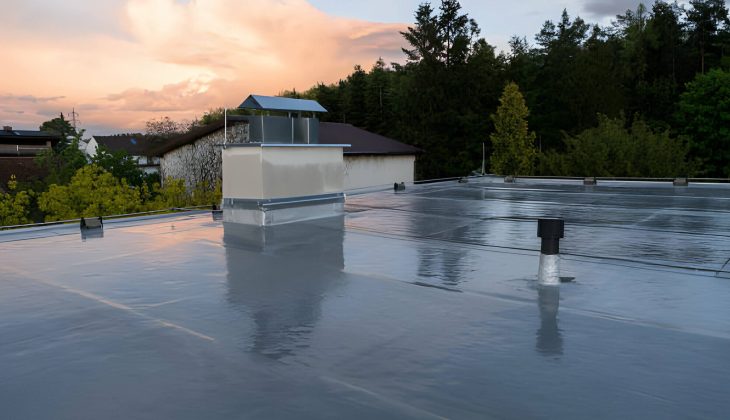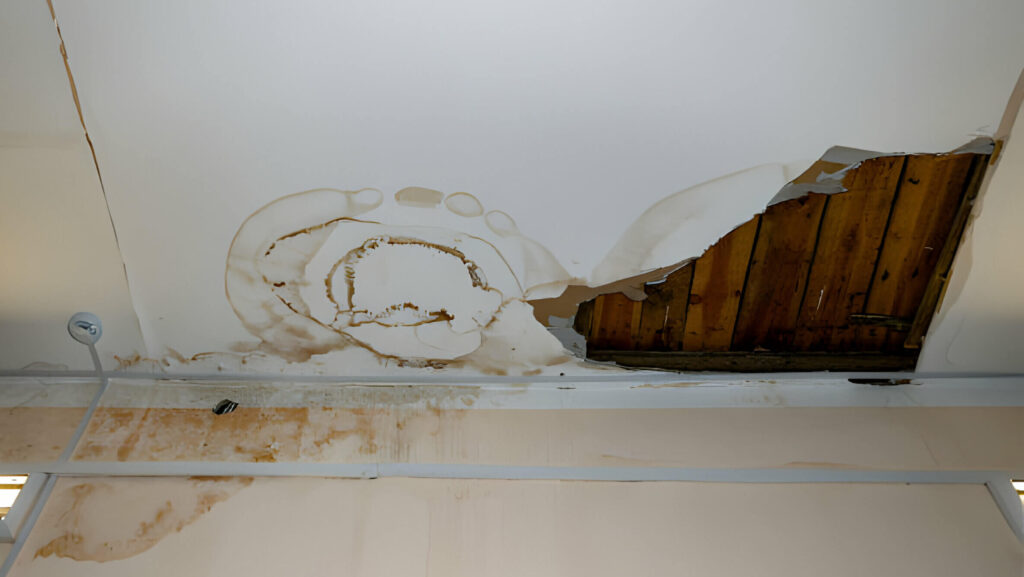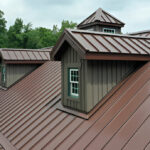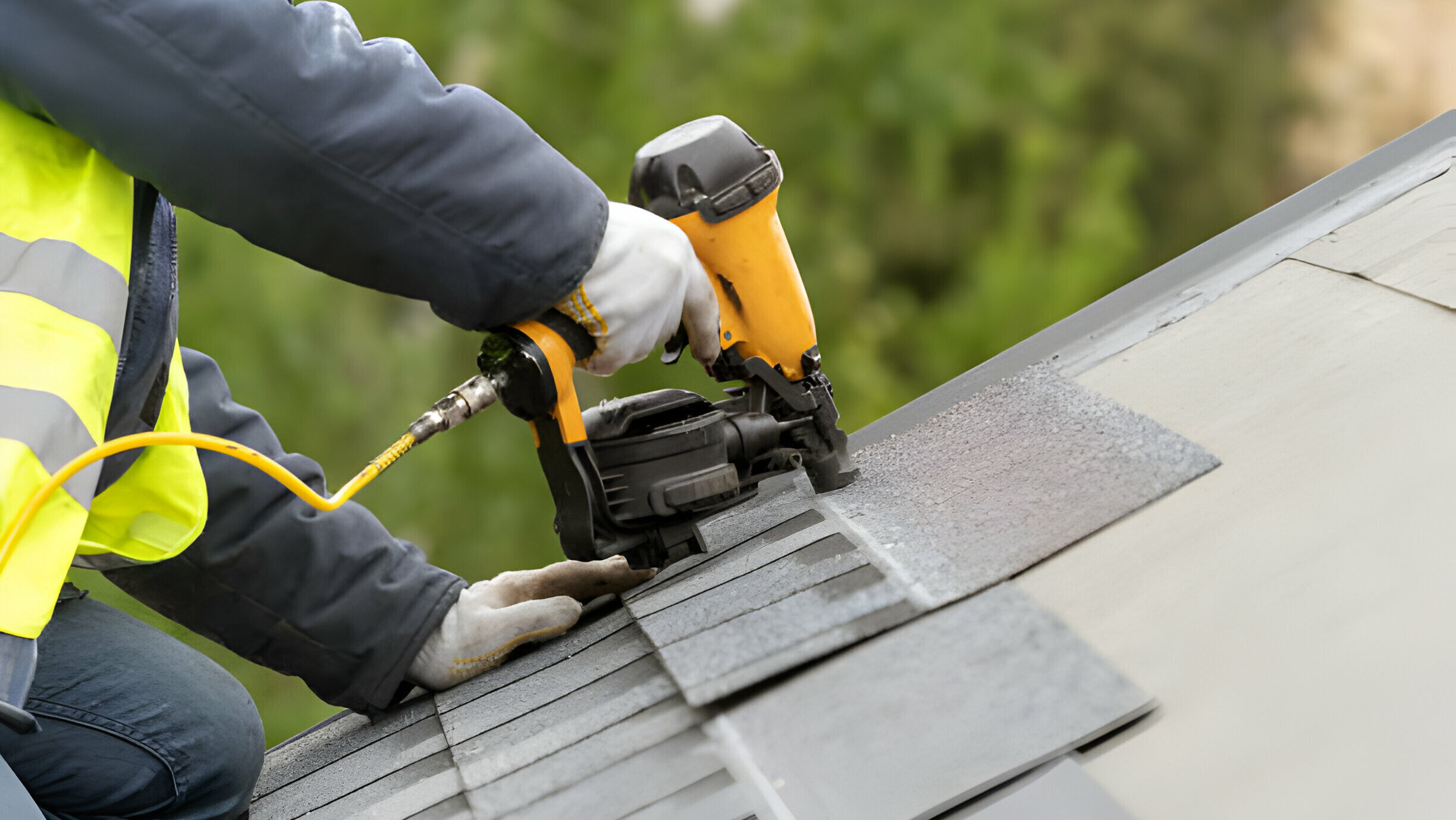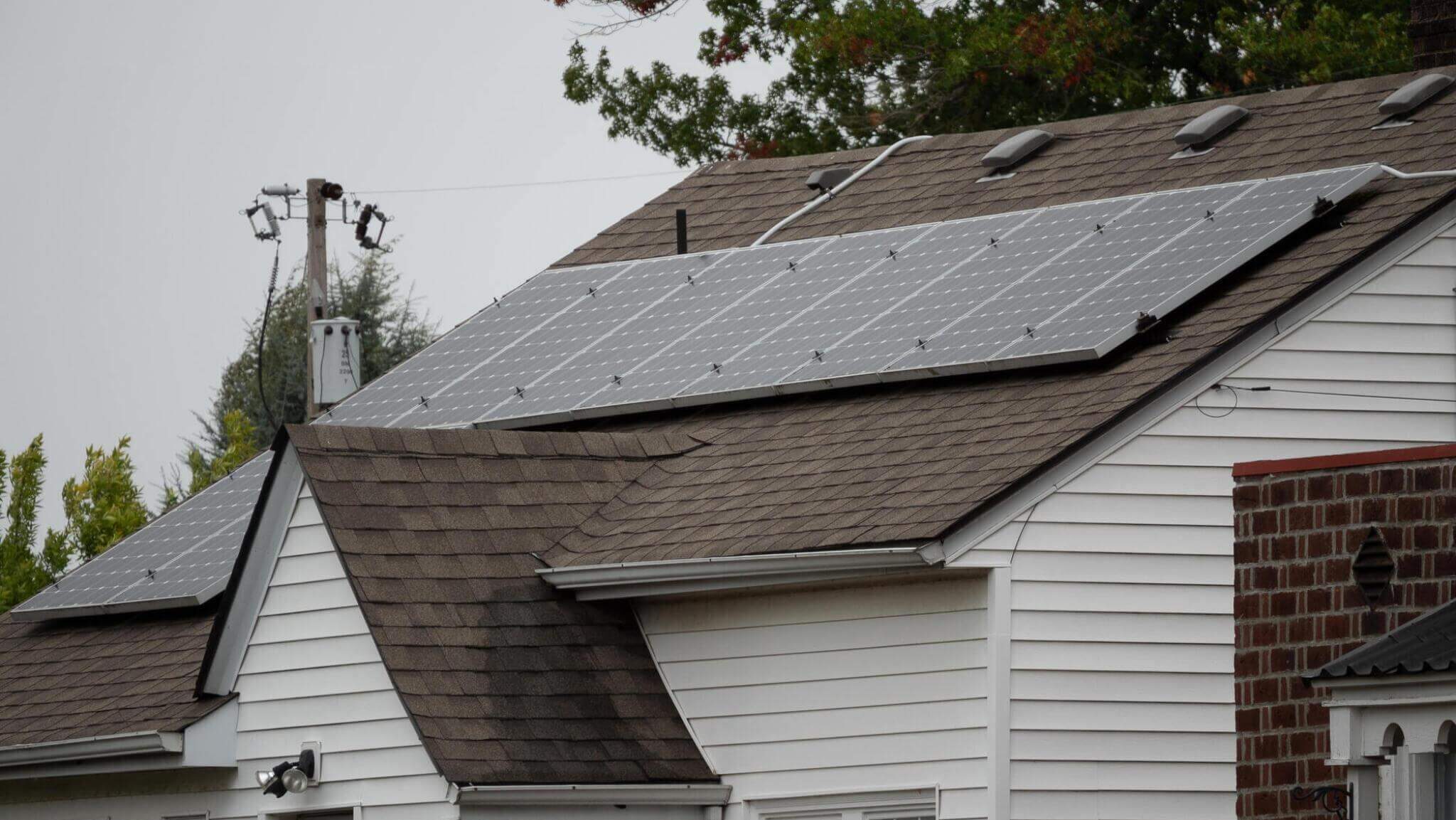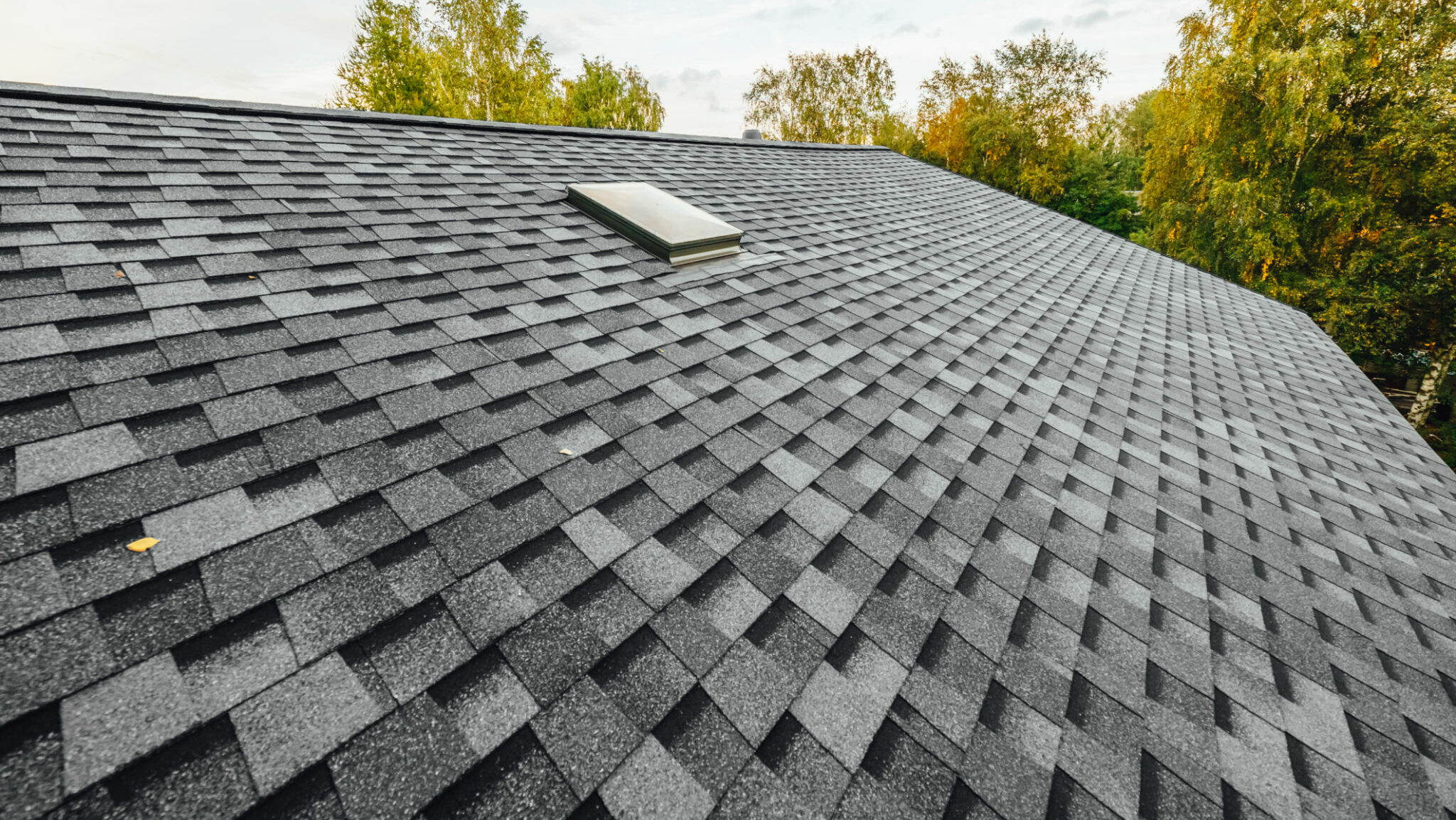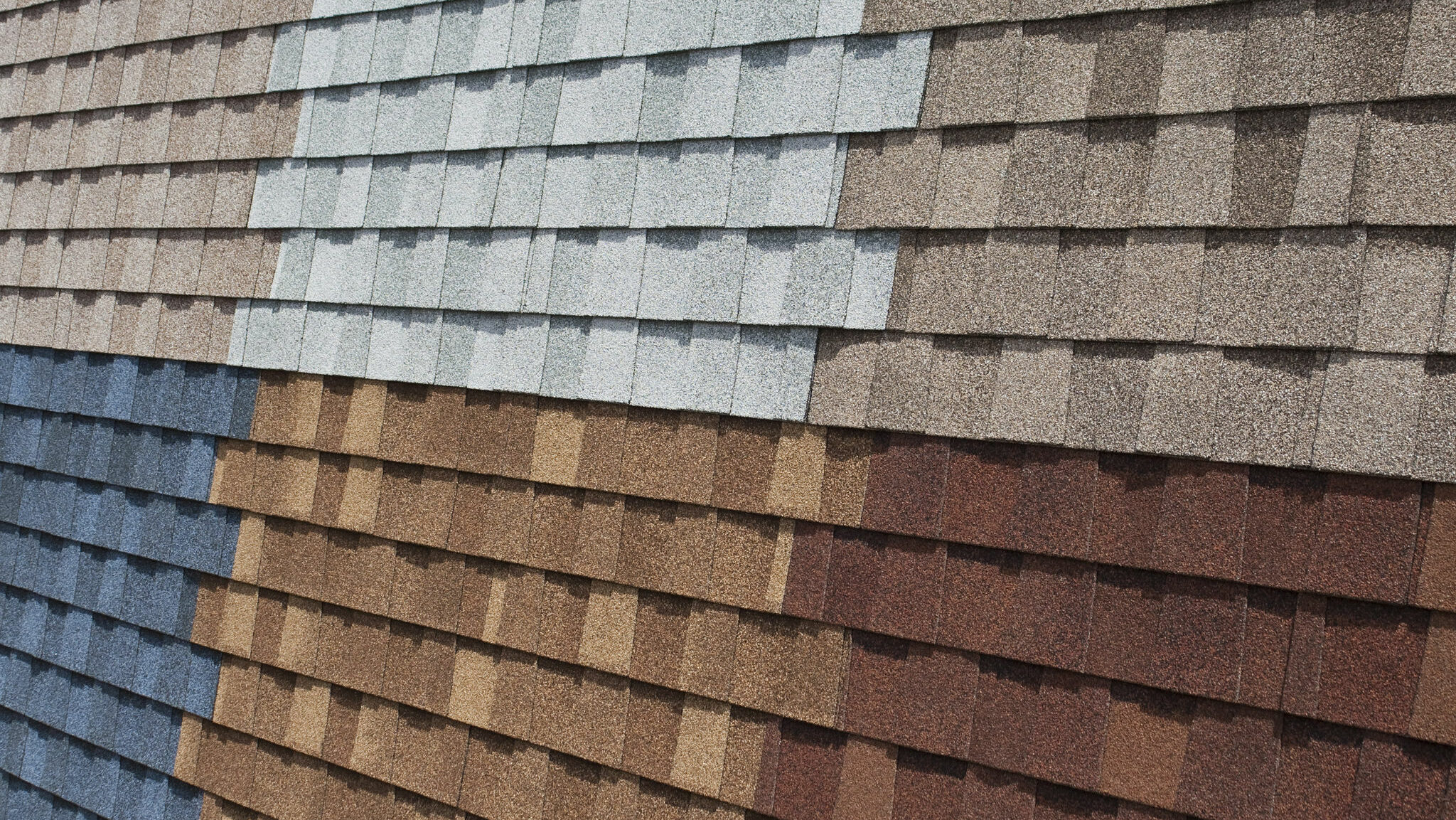Are you ready to utilize your flat roof to its fullest potential now? Get comfortable! This guide is going to take you on an informative tour regarding insulation.
Table of Contents
ToggleThe best flat roof insulation reduces energy consumption, lowers energy bills, keeps your home warmer in winter and cooler in summer, reduces noise, and increases roof lifespan.
We will cover everything from selecting the appropriate material to handling the installation process.
So, do not go away!
Why You Need To Insulate Your Flat Roof?
Flat roof insulation has many benefits. Therefore, It is necessary to insulate your flat roof.
You will enjoy the following advantages if you insulate your flat roof.
- Reduction in energy consumption: It saves 24% to 36% of your energy loss throughout the year, lowering your energy consumption.
- Warmer winters: It prevents heat from escaping through the roof, keeps your home warmer, and reduces the need for heating.
- Cooler summers: Insulation prevents heat gain, keeping your home cooler and reducing the need for cooling.
- Lower energy bills: By reducing the need for heating and cooling, insulation helps you save up to 40% of your energy bills.
- Noise reduction: Insulation helps create a peaceful living environment by dampening the noise from outside.
- Increased lifespan of your roof: It helps to protect the roof from extreme temperature fluctuations and increases its life span.
Types Of Flat Roof Insulation
There are several types of flat roof insulation, each with merits and demerits, similar to the options considered by roofers in South Jersey. The best insulation for your flat roof depends on factors including your budget, the climate you live in, R-value, and the type of roof you have.
- Polyisocyanurate insulation: The best option for flat roofs. It has excellent thermal performance, with a high R-value per inch, making it highly effective at reducing heat loss or gain. It is lightweight, quick to install, has good moisture resistance, and is suitable for warm and cool flat roofs.
- Extruded Polystyrene (XPS) Insulation: Widely used for its low cost and durability. It has high water resistance and compressive strength.
Types Of Flat Roof Insulation-By Material
1. Sprayed Polyurethane Foam
Spray polyurethane foam (SPF) is one of the most durable and practical commercial roofing materials. Spray foam roofing systems are the most effective way to boost energy efficiency and improve interior comfort.
SPF has insulation and waterproofing properties that other commercial roofing materials cannot match.
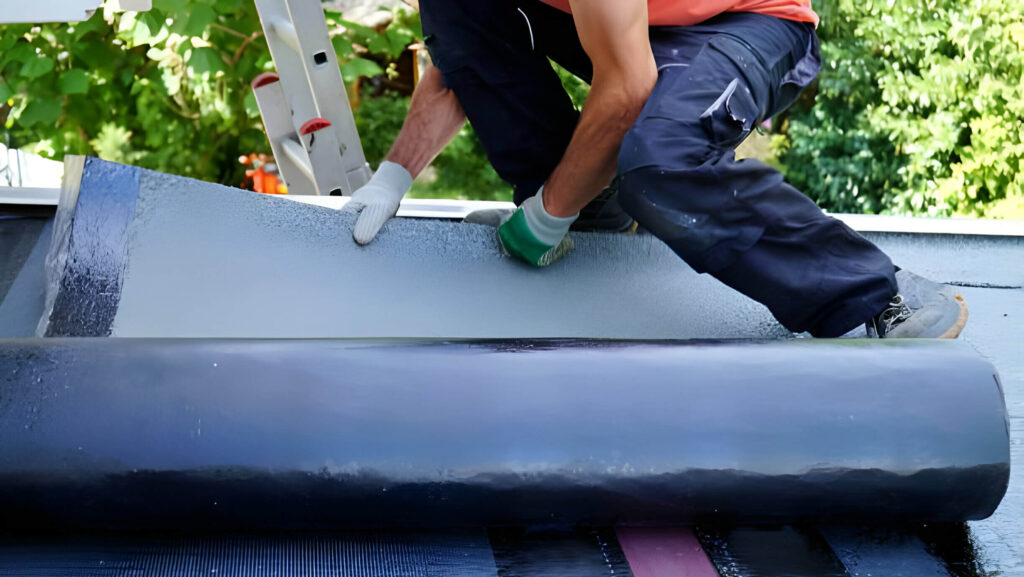
The pros of SPF include its highest R-value(approximately 6.5 per inch), lightweight, durability, longevity(can lose 30 to 40 years), and quick installation, which can be installed more quickly than other conventional insulation materials.
Its expensive application equipment, high cost(5$ to 8$ per square foot), limited application window(can be installed when the temperature is above 50°F), protection from UV rays, and the need for professional applicators are the cons of SPF.
SPF is also environmentally friendly.
2. Polyisocyanurate (PIR) Insulation
Polyisocyanurate (PIR) is a rigid foam board insulation known for its high thermal performance, water resistance, and low weight. It is commonly used in residential and commercial buildings’ flat roofs, walls, and foundations.
Its best insulation with a lambda value of 0.022, lightweight(32kg/m³), thinness, pressure, and fire resistance are the merits of PIR insulation.
Some cons of PIR are higher cost than XPS and EPS, limited availability, exceptional handling, and off-gassing.
3. Mineral Wool Insulation
Mineral wool, commonly known as Rockwool, is a spun fiber insulation created from volcanic rock or slag, a byproduct of the steel industry, and is an excellent choice for flat roof insulation.
It is well-known for its high fire resistance, soundproofing, and environmental qualities.
Superior fire resistance(up to 1000 degrees Celsius), excellent soundproofing, sustainable and recycled materials and moisture resistance are the pros of Miner wool insulation.
They are more expensive than fiberglass and can cause skin and respiratory irritation.
Mineral wool insulation is best for both commercial and residential roofs.
4. Extruded Polystyrene (XPS) Insulation
Extruded polystyrene (XPS) is a rigid foam insulation widely used for its low cost and durability. It has high water resistance and compressive strength, making it ideal for various applications such as foundations, basements, and flat roofs.
XPS is best for both residential and commercial roofing.
XPS insulation provides excellent thermal performance, compressive strength, and moisture resistance but is expensive.
5. Expanded Polystyrene (EPS) Insulation
A common type of insulation used for flat roofs is expanded polystyrene. It has thermal solid insulating qualities, is robust, and is lightweight. EPS insulation comes in several thicknesses and is cut to the desired size.
EPS has a lower R-value than PIR insulation.
It is cost-effective as compared to XPS and easy to cut and install.
Remember! EPS insulation is used only for warm, flat roofs.
Types Of Flat Roof Insulation-By Placement

1. Warm Roof Insulation
A warm flat roof is the most prevalent type of flat roof structure. It refers to a style of flat roof construction in which the insulation is put above the roof deck, with another decking option on top and a waterproof membrane.
The insulation keeps the interior warm by limiting heat loss through the roof.
Warm roof insulation reduces heat loss in the winter and heat gain in the summer, lowering energy bills. It also prevents condensation, which damages the roof structure and leads to mold growth.
2. Cold Roof Insulation
Cold roof insulation is one in which the insulation is placed between the rafters and under the roof deck. This creates a ventilated space between the insulation and the underside of the roof deck, which is crucial, especially considering the impact of rain on an unfinished roof.
The ventilation helps to prevent moisture from accumulating in the insulation, which can lead to mold growth and rot.
The ventilated space between the insulation and the roof deck can make accessing the roof for maintenance easier.
Cold roof systems are generally thinner than warm ones and can be used with various roof materials, including metal, shingles, and slate.
On the other hand, cold roof insulation is complex to install and less energy efficient than warm roof insulation.
3. Ventilated Roofs
Ventilated roof insulation, similar to cold roof insulation, places the insulation between the rafters, creating an air gap between the insulation and the roof deck. This gap allows air to circulate, removing moisture and heat.
Installing is also complex and less energy efficient than cold roof insulation.
Ventilated roof offers significant moisture control and heat management benefits, potentially improving energy efficiency and roof lifespan.
How to Insulate a Flat Roof

Warm and cold are two main methods for insulating a flat roof. The specific steps involved vary depending on the chosen method and your particular roof structure. Below is a general overview of the steps involved in each method:
1. Warm Roof
- Prepare the surface: Ensure the existing roof deck is clean, dry, and in good condition.
- Install a vapor control layer (VCL): This prevents moisture from entering the insulation and causing damage.
- Lay the insulation boards: Rigid boards like PIR or EPS are commonly used. Choose the appropriate thickness based on your climate and building regulations.
- Install a separating layer (optional): Depending on the insulation type, an additional layer like plywood or OSB might be needed.
- Install the waterproofing membrane: This protects the insulation from the elements. Options include single-ply membranes, built-up felt, or mastic asphalt.
2. Cold Roof
- Remove the existing ceiling (optional): This might be necessary if there is limited space for additional insulation.
- Install ventilation: Ensure proper air circulation between the insulation and the underside of the roof deck to prevent moisture buildup.
- Install insulation batts: Place insulation batts (e.g., mineral wool) between the joists of the roof deck.
- Install a VCL: This goes directly below the insulation, facing the warm interior.
- Refix the ceiling (optional): If removed, reinstall the ceiling or add a new insulated plasterboard.
Flat Roof Insulation Cost
The cost of flat roof insulation depends on the insulation type, the R-value, and the square footage you intend to insulate.
There are typically five kinds of insulation used for roofs:
| Types of insulation | Cost per square foot |
|---|---|
| Fiberglass Batt | $0.13- $1.50 |
| Blown-in/Loose Fille | $1-$2 |
| Spray Foam | $0.50-$2 |
| Radiant Barrier | $0.20-$1 |
| Rigid Foam | $0.25-$1 |
(source)
The average cost to install insulation on a flat roof is around o.7$ per square foot, using 1-inch thick PolyISO with an R-value of six. Flat roof insulation costs you a quarter of the price compared to other roof types.
The Ultimate Guide to Flat Roof Insulation FAQs
What are the rules for flat roof insulation?
The rules for flat roof insulation include meeting local building code requirements for thermal resistance (R-value) based on climate zone and ensuring adequate slope and drainage systems to prevent water pooling and potential leaks.
What is the minimum air gap for roof insulation?
The minimum air gap for roof insulation should be more significant, around 50mm, to allow optimum ventilation and prevent condensation.it is essential to note that some insulation materials, such as spray foam, do not require an air gap.
What is the minimum thickness of insulation for a flat roof?
The minimum insulation thickness for a flat roof should be between 140mm to 200mm. This is required to attain the desired U-value of 0.16W/m2K.
Conclusion
Remember, flat roofs need special care, and insulation plays a vital role.
By following these guidelines, choosing suitable materials, and prioritizing proper installation, you can transform your flat roof into a haven of energy savings, year-round comfort, and peace of mind.
So, insulate your flat roof and enjoy the rewards!

